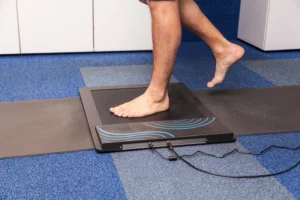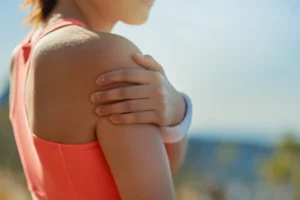Updated: Jan 24
Lower back pain is a very common source of pain and is the reason for roughly 20% of all GP visits in the UK. Back pain can be very debilitating and if you have suffered from it in the past you will know that it can stop you enjoying life to its fullest. In order to recover from lower back pain first we need to understand where pain in the lower back can come from. Potential causes of lower back pain (LPB) can come from a disc protrusion/herniation (slipped disc), facet joints (the small joints between the bones in your spine), muscle sprains, joint ligament sprains, trapped nerves and muscle spasms.
More potentially serious causes of back pain include tumours, fractures and internal organ pain. Pain which is caused by these structures account for less than 5% of lower back pain presentations so it is important to speak to a qualified health professional when dealing with back pain on any pain for that matter to make sure that there isn’t an insidious cause for this. At All Out Physiotherapy if we suspect anything is not right then we will refer you to your GP who will be able to rule out any of these insidious causes of back pain.
Anatomy
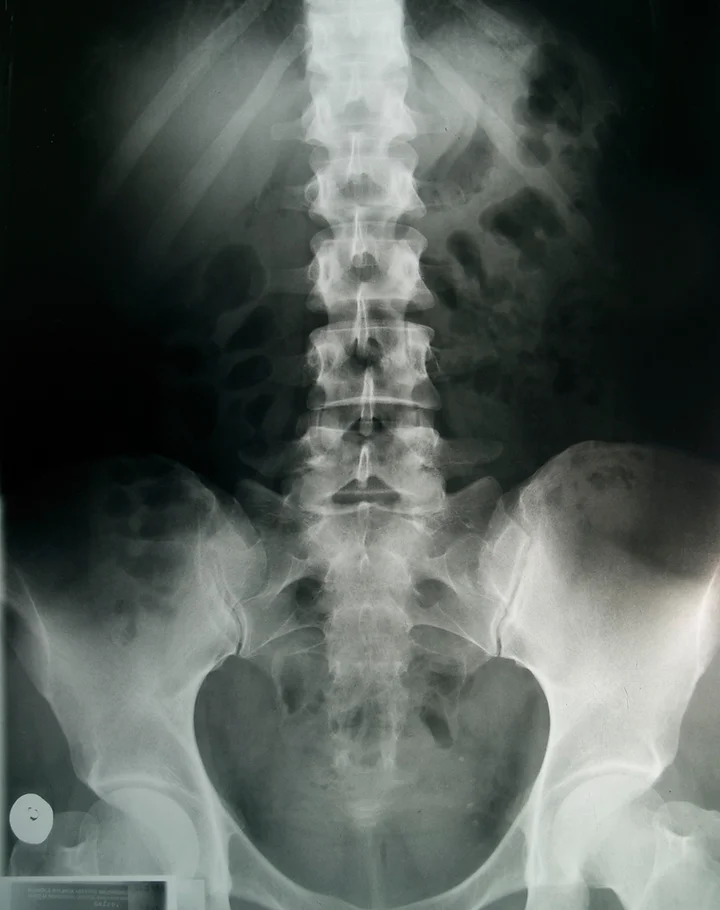
The lower back is a complex region anatomically with 5 vertebrae, numerous ligaments, discs and a vast array of nerves that innervate the back, legs, bladder and bowel. The lower back vertebrae articulate through two different structures: the disc and the facet joints.
The facet joint is a true synovial joint in that it has a cartilaginous structure within, synovial fluid, synovial tissue and a joint capsule. These joints help to limit rotation within the lower back due to their vertical alignment with each other. Unlike the lumbar discs the facet joints are not a weight bearing joint and are not subject to compressive strain. As disc height diminishes through age the facet joints start to bear load which can cause pain.
Either end of the vertebral body is linked by the vertebral disc which is a strong cartilaginous structure which has two defining aspects to it, the nucleus pulposus and the annulus fibrosis (the hard outer shell and the softer inside of the disc). The difference between the two structures can only be shown in youth as the consistency of the disc becomes more fibrotic with age thus meaning that disc protrusions and bulges are rarer as the person ages.
The lower back has 7 main ligaments which help with the structure and stability of the lower back. The 7 main ligaments are the interspinous ligament, the supraspinous ligament, the intertransverse ligaments, the ligamentum flavum, the anterior longitudinal ligament, the posterior longitudinal ligament and the iliolumbar ligament. In order to help with dynamic and static stability the lower back has a vast array of muscles to help with this. The main muscles of the lower back consist of the erector spinae, iliocostalis, multifidus, psoas major, minor, iliacus, the external and internal obliques and the quadratus lumborum
The vast majority of lower back pain is very treatable and most can see a full recovery in less than 12-16 weeks depending on the severity of the injury, how it’s being managed e.g. physiotherapy and other factors at home and at work like activity levels and nature of your work. There are many different diagnoses of lower back pain which is why it is important to have a thorough assessment as the right information and diagnosis can help significantly with your recovery and getting you back to full health again.
In terms of actual diagnosis the lower back can have ligament strains, sacroiliac joint strains, lumbar radiculopathies (sciatica), disc bulge, protrusion, herniations (slipped disc), nerve root compression, spinal stenosis, lumbar arthropathy (arthritis) , facet joint arthropathy, spinal stenosis, lumbar vertebrae fracture, spondylolisthesis (the spinal vertebrae moving forward), anterolisthesis (vertebrae moving backwards), ankylosing spondylitis (rheumatic condition where the spinal bones start to fuse together) , osteoporosis (reduced bone density), cauda equina syndrome (compression of the cauda equina nerve causing bladder and bowel problems. This is a medical emergency and if you are told you may have this and you haven’t seen anyone about it, you need to seek help as soon as possible), muscle spasms and strains.
Lumbar ligament and sacroiliac joint sprains are a common cause of lower back pain and are usually caused by an overload to the lower back e.g. picking up a heavy object, twisting, coughing and sneezing. This is characterised by an ache across the lower back which may be difficult to pinpoint. This may or may not give you radicular symptoms down the leg (pins/needles, numbness and pain) due to the proximity of the sciatic nerve.
Disc bulges, protrusions and herniations are characterised with more extreme pain usually brought on with an innocuous movement. The pain is usually sharp in sensation and can have radicular symptoms down one leg or both (radicular symptoms down both legs usually indicate central prolapse of the disc and thus need to be managed carefully in case there are bladder or bowel problems associated with this. Pain is usually extreme and can have a huge impact on quality of life during the acute stages. How this is differentiated from ligament strains is through movement testing, whether or not the person in pain has a lumbar shift (a movement compensation in which the back moves away from the bulge) and whether or not coughing and sneezing causes pain.
Lumbar arthropathy (arthritis) is generally characterised with pain and stiffness especially in the morning which generally eases once we get moving. Pain can be described as a low grade ache which gets worse with either inactivity or doing too much activity.
Spinal stenosis is a condition in which the spinal nerves and spinal cord get compressed due to a lack of space within the foramen or the spinal canal. This can be caused by vertebral movement (spondylolisthesis, anterolisthesis), arthritis (rheumatoid or osteoarthritis), cancer or genetics (albeit a small chance of genetics playing the main role). Symptoms include a constant pain that is only relieved on bending or sitting down and made worse by standing up straight or walking for a distance. Patients will usually complain of vague symptoms down both legs and can find instantaneous relief through position change which does not usually happen with other spinal conditions.
Osteoporosis is a condition in which the bone density of the individual is reduced causing the bones to become fragile. This condition can lead to lumbar fractures as the weight of the person can crush the vertebrae, this is a life long condition in which physiotherapy can help the individual return to function. There are medications and supplements which can be taken to help with bone density.
Spondylolisthesis and anterolisthesis are conditions in which the vertebrae moves in relation to the vertebrae above and below it; this is characterised by vague symptoms of pain and radicular symptoms down the legs. This condition is not commonly diagnosed within a physiotherapy clinic on first assessment (unless there is a bony deformity as a result of this). Diagnosis of these conditions is usually a combination of ruling out other pathology and imaging (x-ray or MRI).
Red Flags
Cauda equina syndrome (CES) is a rare but serious pathology of the lower back in which the nerves innervating the bladder and bowel get compressed (though metastases, disc bulge, disc prolapse, vertebral body movement). CES is characterised by a loss of sensation or feeling to touch around the bladder and bowel, a loss of control of the bladder and bowel whether it is incontinence or retention. The condition is rare (around 1% of low back pain sufferers get this) but the physiotherapist asks questions to rule it out with everyone suffering from back pain because CES sufferers need an urgent surgical consultation in order to prevent permanent damage to the bladder and bowel.
Treatment Methods
There are many methods of treatment that can help with lower back pain which include; massage, acupuncture, manual therapy, manipulation and exercise to strengthen weak muscles around the spine. Every method that is used has an evidence base behind it supporting its use on the lower back but the best method of treatment is decided with the therapist and the patient working together and off the back of a full assessment of the lower back.
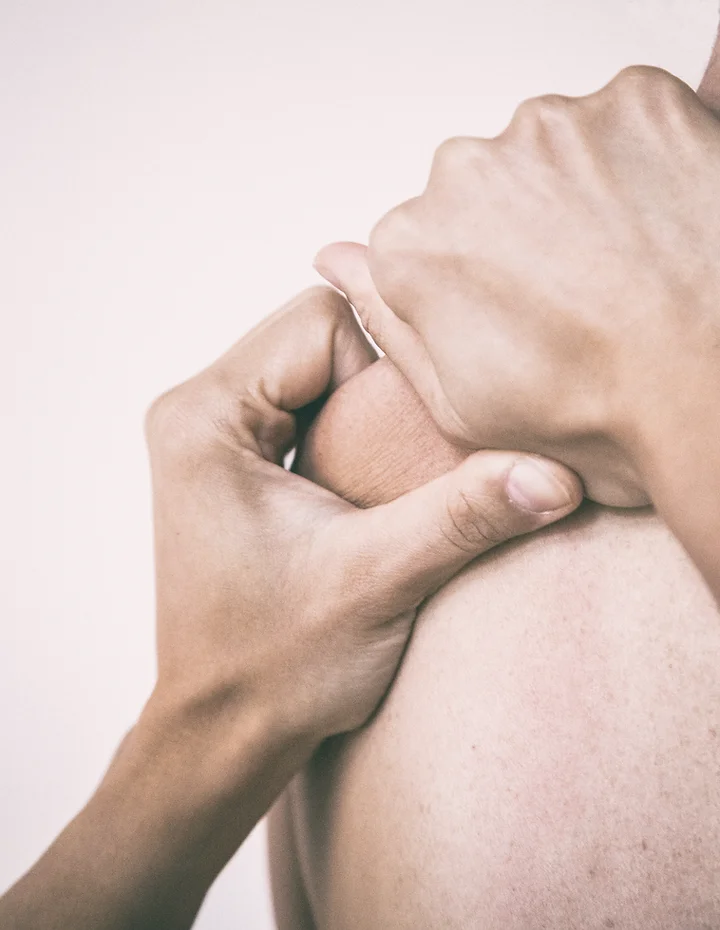
Massage has been in use for thousands of years in helping to reduce pain and to promote the feeling of wellness. Massage can help to release tight and spasming muscles which can have a big effect on pain. Massage also helps to promote feelings of wellness as it releases feel good chemicals such as serotonin and beta endorphins which has been shown to promote wellness.

Acupuncture has a similar effect to massage but it uses small needles which are inserted into specific points within the body or over areas of tightness in order to help with pain relief by stimulating the C-fibres within the spinothalamic tract, in other words it helps stop the transmission of pain signals along the nerves to the pain centre located within your brain which reduces the pain. Acupuncture has been proven to help with the release of naturally occurring pain relieving chemicals, promote feelings of wellbeing with the release of serotonin and beta endorphins, release histamines to help with the healing process where the needles are located.
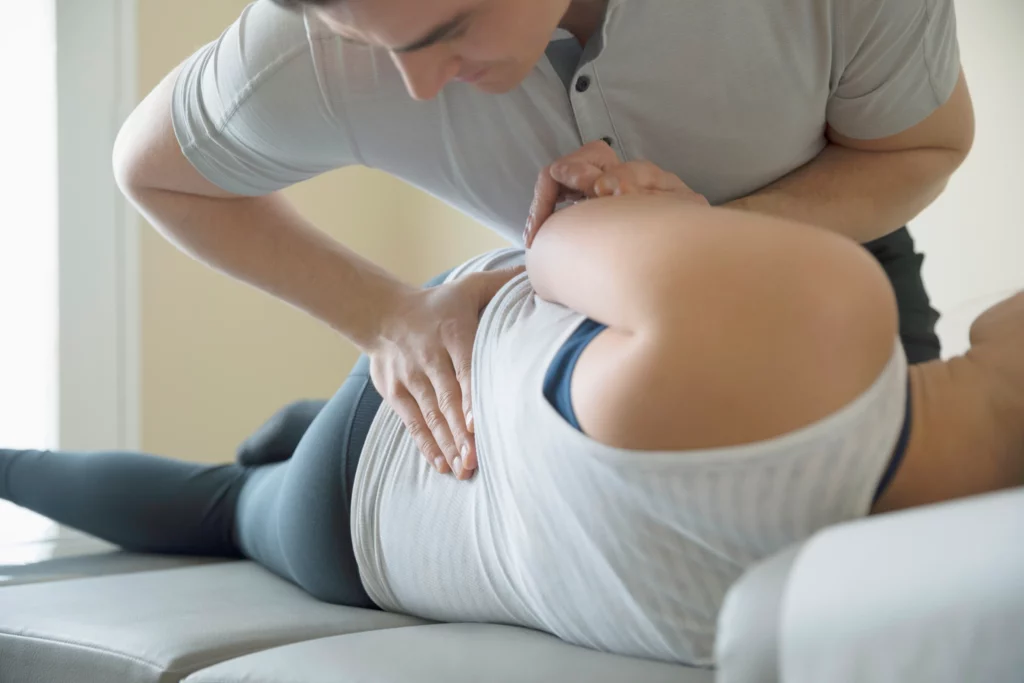
Manipulation of the joints is a good way of helping stiff joints become more mobile quickly. The actual biological method of how this works is still up for debate as some specialists feel this is done through a transient relaxation of the surrounding muscles which allows for more range of movement. This is achieved through a high amplitude small movement done to the specific area of pain. The technique itself should not hurt but can be uncomfortable whilst it is being performed.
Manual therapy works in the same methods of manipulation only the movements are of small amplitude and small velocity.
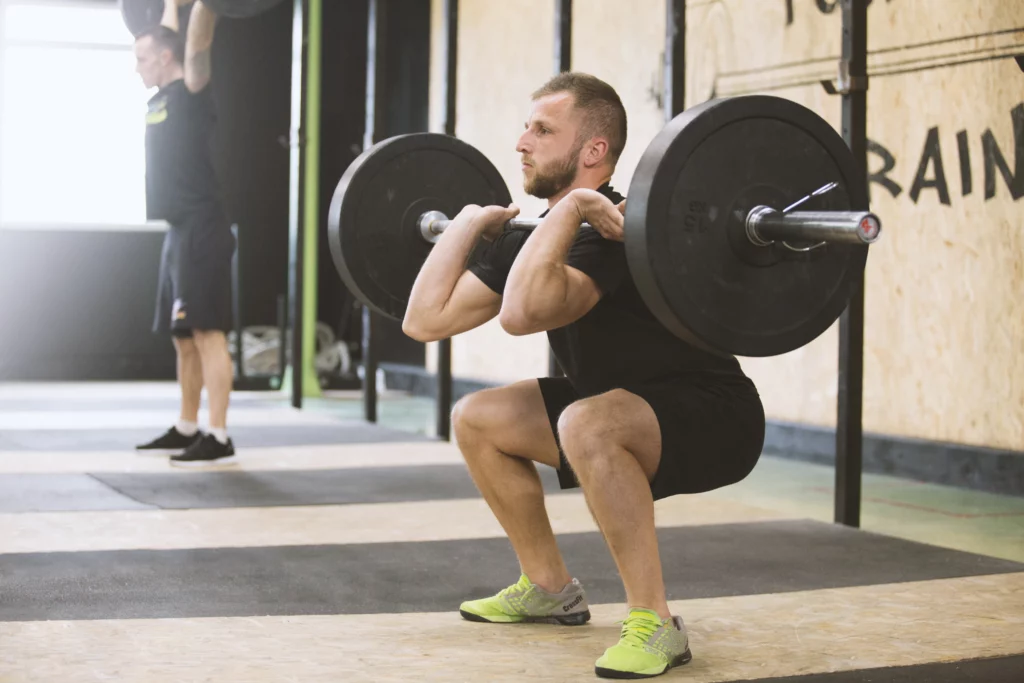
Exercise (stretching and strengthening) is the most studied modality when it comes to lower back pain thus making it the most evidenced based approach when it comes to helping lower back pain sufferers. Exercise has been shown over time to work. It is a controversial topic among patients especially chronic pain sufferers as exercise tends to make the feelings of pain worsen. As a physiotherapist it is vital to be an effective communicator and be good at exercise selection as the right exercises will make a difference to the patients function and quality of life. Exercise should be done within the patients levels of tolerance and yes can cause a little bit of pain during but it should not be a long lasting or disabling pain.
Physiotherapy is the best way to go about treating and allowing you to recover from lower back pain. It is seen as the gold standard when it comes to helping with back pain however how anyone recovers from back pain is different to everyone. In order to help and recover from back pain firstly you need a physiotherapist who will listen to what you are saying. This physiotherapist needs to ask questions relating to your pain to rule out medical problems and to try to get to the root cause of the problem. They need to then assess and explain what is happening during the assessment and how any findings relate to you. This should all make sense to you so please ask questions if you are confused or need things explained in a different way. At All Out Physiotherapy we are only too happy to do this for all patients with back pain. We understand how debilitating it can be and how it can affect your quality of life. We are here to listen and understand why your back is in pain and using the All Out Method which utilises a holistic treatment method in getting to the root cause of your pain and providing you with a fully customised exercise program which is tailored to your needs and given to you on the basis of our assessment findings which means that there are no exercise templates given out or cookie cutter programs given out also. The treatment plan should make sense to what is found during the assessment so if there are any concerns or questions then just make us aware.
The app in which we provide you with the exercises contains videos for you to follow along with. You are able to message us at any point with the app and it allows you and us to track your progress and how you are getting on with the program which means if something isn’t working then we can change it quickly.
As said at the beginning lower back pain can be debilitating however there is no reason why we at All Out Physio are not able to help you with reducing your pain, getting your life back and getting back to hobbies or work if needed or even getting back to sports. Whatever your goal, we at All Out Physiotherapy are able to help with our holistic and unique treatment plans.
